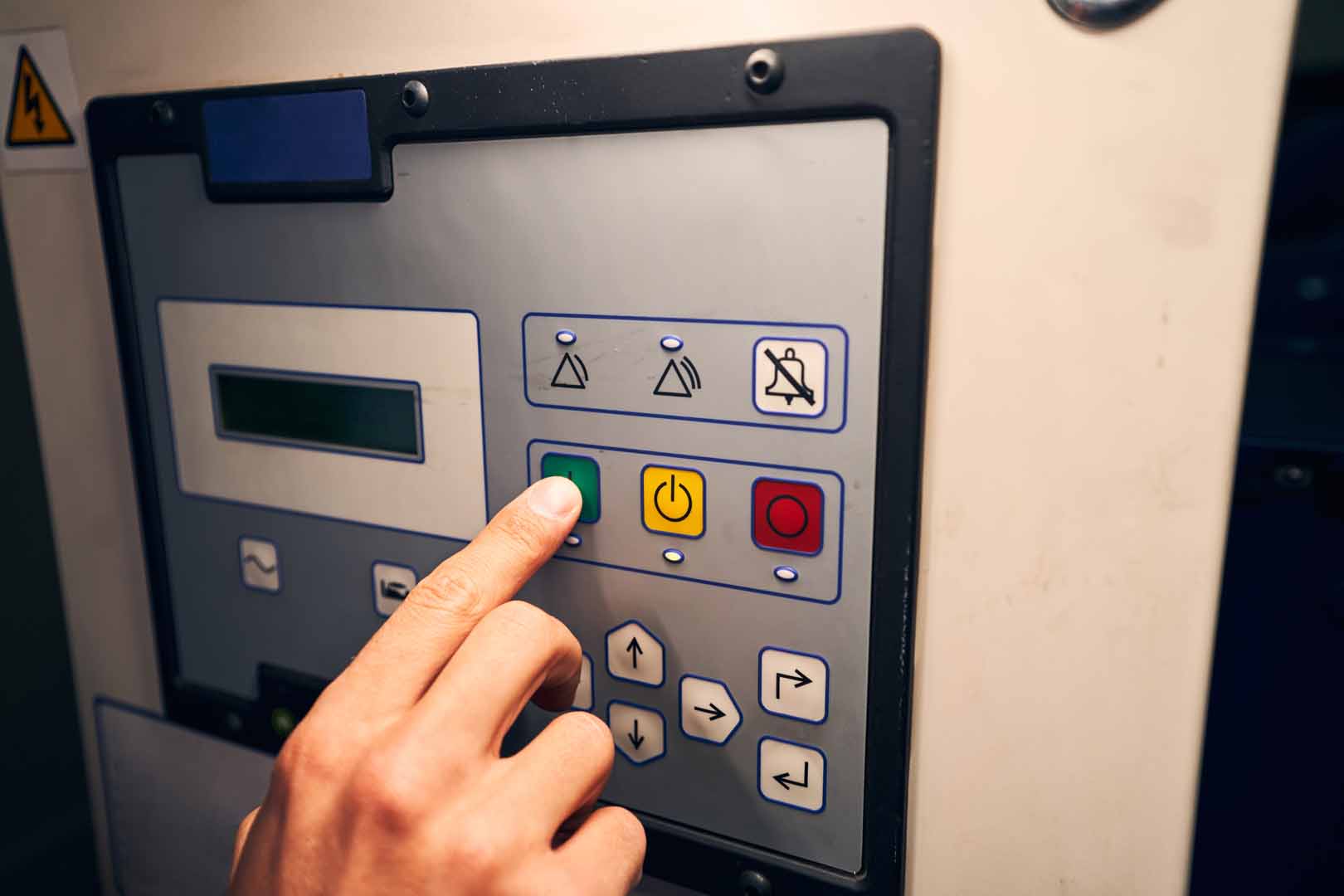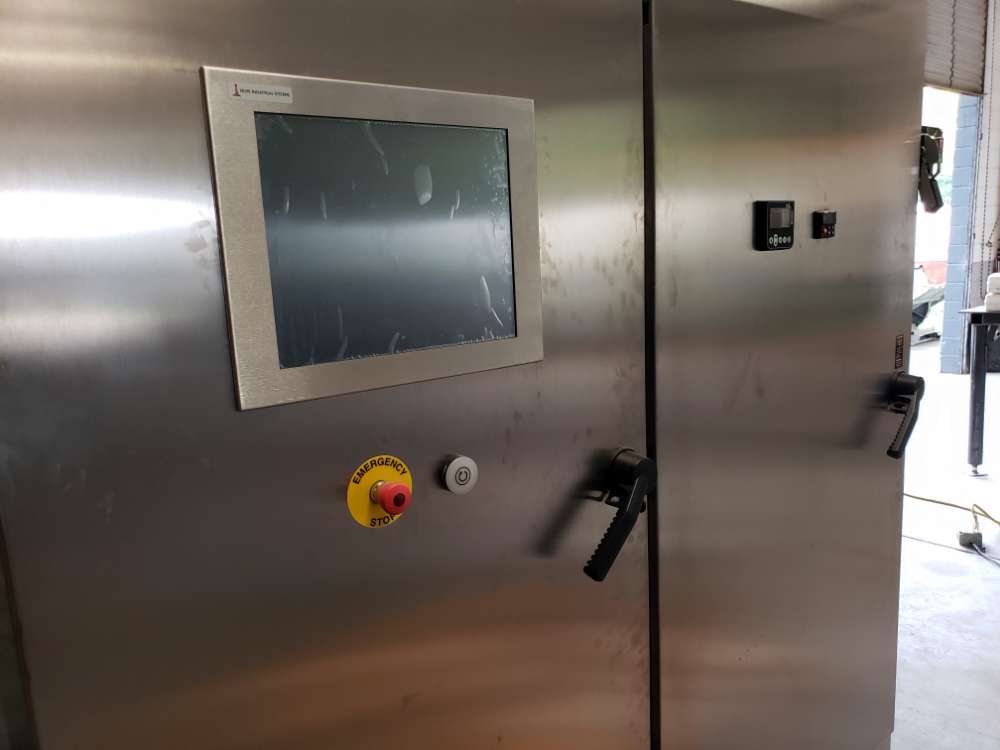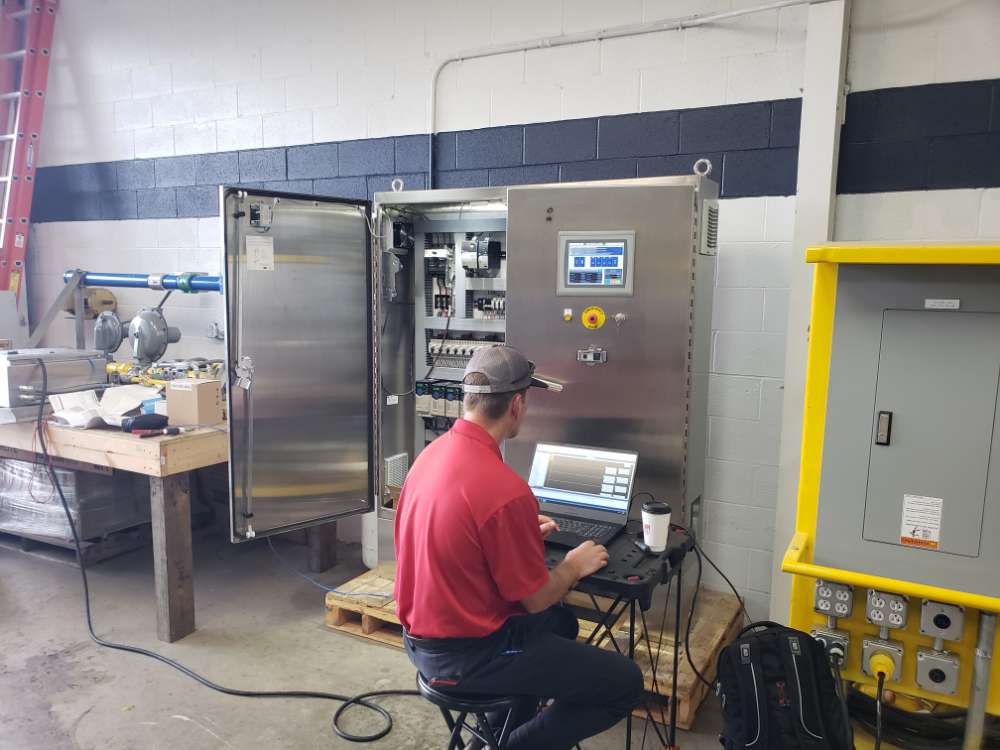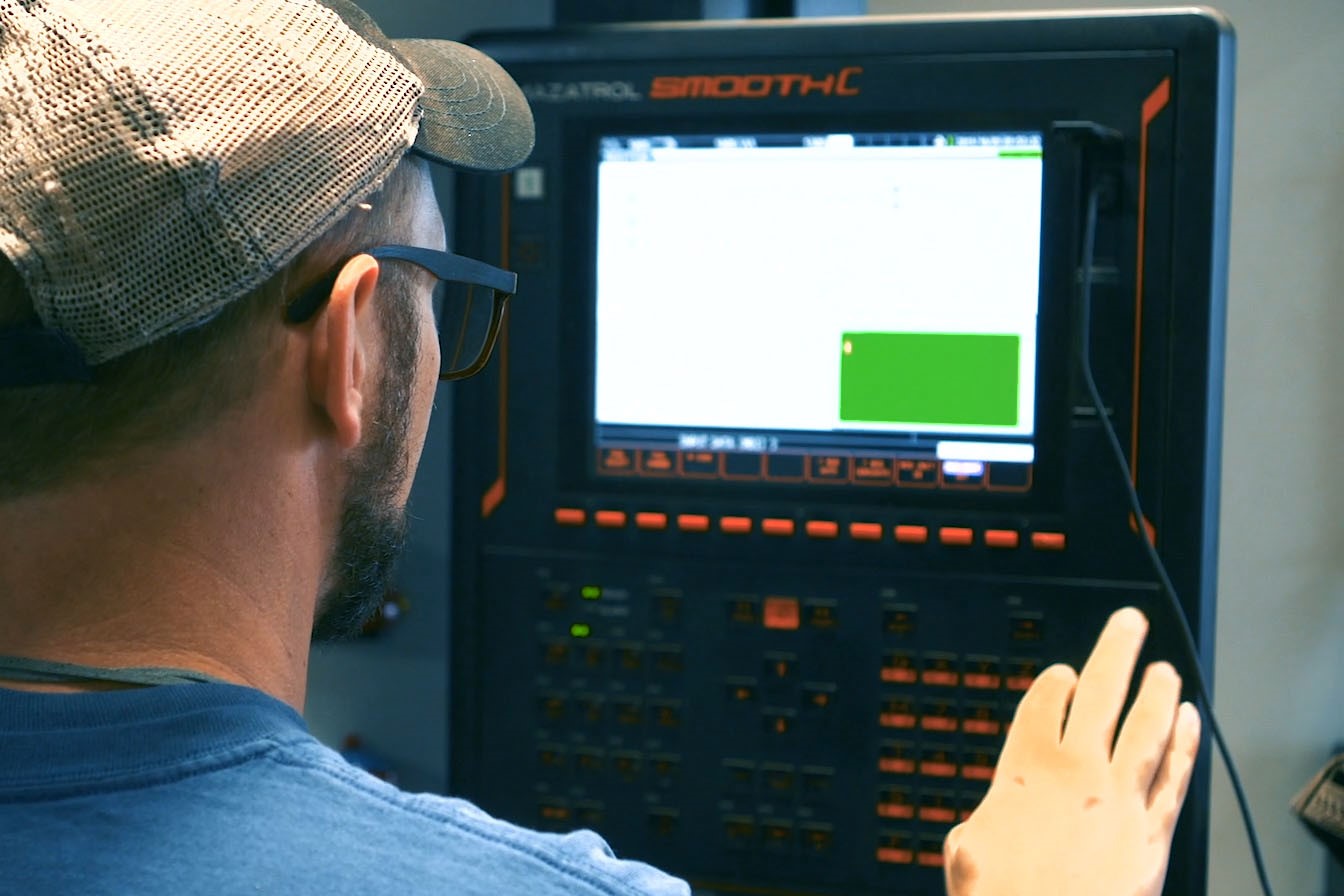
A Human-Machine Interface (HMI) is a system that allows humans to interact with machines or automated systems in a clear, efficient way. These interfaces serve as a bridge, helping operators manage and monitor machinery by displaying data and controls in a user-friendly format. In modern industrial settings, human-machine interfaces are crucial tools for improving safety and productivity, offering easy access to vital information.
Human-machine interfaces can be used in different environments, including factories and remote operations through external human-machine interfaces. By reducing the need for manual controls, HMIs improve decision-making, streamline operations, and ensure that systems run smoothly without excessive human input.
Human-machine interfaces play a significant role in Supervisory Control and Data Acquisition (SCADA) systems. SCADA systems rely on HMIs to display critical data, allowing operators to make real-time adjustments to machinery or processes. These systems enable businesses to automate processes and minimize errors by using HMIs to manage supervisory control and data seamlessly.
Through control and data acquisition, HMIs in SCADA environments provide an overview of complex operations, ensuring smooth functioning. HMI and SCADA systems work together to ensure operators have all the information they need to keep processes efficient and minimize downtime, especially in high-demand environments.
One of the most important aspects of HMIs is their ability to present data through a clear visual representation. Operators rely on human-machine interfaces to view data in an easy-to-understand format, such as charts or real-time graphs. This visual representation allows for faster decision-making and quicker identification of potential issues within a system.
These visual representations of data provide operators with an at-a-glance understanding of what is happening on the production floor. By offering easy access to key performance indicators, HMIs ensure that operators can act quickly to resolve problems and keep systems running efficiently.

The interactive user interface of an HMI is designed to simplify complex tasks. With easy-to-use controls and real-time updates, operators can navigate the system to monitor or change processes. This interactive user interface makes it easier to handle multiple functions at once, reducing the time spent on manual adjustments.
By making processes more intuitive, HMIs help operators process faster and easier, improving productivity on the shop floor. With clear controls and real-time data, operators can make quick adjustments to maintain product quality and avoid disruptions in the production line.
Real-time feedback is a critical feature of HMIs, providing operators with instant data on system performance. When operators receive real-time feedback, they can respond to issues as they occur, ensuring that processes run smoothly and efficiently. This ability to monitor and control processes in real-time is essential for preventing costly delays or product defects.
In industries that rely on fast, accurate operations, real-time feedback from HMIs allows operators to make immediate adjustments, ensuring that equipment runs at peak performance. This helps businesses reduce waste, maintain product quality, and meet production deadlines.
Human-machine interfaces communicate with machinery through input-output sensors. These sensors detect changes in the system and relay that information back to the HMI, where operators can view and respond to the data. This input and output system allows for seamless communication between humans and machines, ensuring that the process remains under control.
Through these input-output sensors, HMIs gather real-time data, allowing operators to monitor machine performance and take immediate action when needed. The clear display of input and output data makes it easier to spot potential issues and keep the system running smoothly.

Programmable Logic Controllers (PLCs) are often used alongside HMIs to control and automate industrial processes. The programmable logic controller (PLC) acts as the brain of the system, collecting data and sending commands to the machines. The HMI serves as the interface through which operators can view and control the system, using the data provided by the PLC.
By combining PLCs with HMIs, businesses can create more efficient, automated systems that require minimal manual intervention. The HMI allows operators to monitor and adjust the process in real time, while the PLC manages the automation of repetitive tasks.
While Human-Machine Interfaces and Graphical User Interfaces (GUIs) may seem similar, they serve different purposes. Human-machine interfaces are designed to control industrial machinery, providing operators with real-time data and control over processes. In contrast, graphical user interfaces (GUIs) are more commonly found in everyday computer applications, like those within a computer operating system.
The main difference is that HMIs are specifically built for industries that need to monitor and control processes, offering a more robust and detailed interface compared to typical GUIs found on personal computers.
In some cases, HMIs can utilize a Command Line User Interface (CLI) for advanced control and customization. While HMIs are typically visual and user-friendly, the command line user interface allows skilled operators to input direct commands, offering greater flexibility when managing complex processes.
The CLI is especially useful for industries that require precise control or specific adjustments to machinery. It provides a text-based interface that lets operators bypass visual controls and directly interact with the system for more advanced tasks.

Process control systems are designed to regulate the performance of machines and equipment in an industrial setting. When paired with an HMI, these systems become easier to monitor and control. The HMI offers a clear, visual interface that allows operators to interact with the process control systems and make real-time adjustments as needed.
By integrating HMIs with process control systems, businesses can improve overall efficiency and minimize errors. Operators gain greater insight into how the systems are performing and can intervene when necessary to maintain smooth operation.
Modern HMIs come equipped with Ethernet ports, allowing them to connect directly to industrial networks. These Ethernet ports facilitate faster communication between the HMI and other systems, ensuring that data is transmitted quickly and securely. This is particularly important for real-time monitoring, where delays could impact performance.
Through the use of Ethernet ports, HMIs provide operators with a reliable connection to the entire network, ensuring smooth communication and improved performance across the facility.
Human-machine Interfaces are designed to display information clearly and concisely, allowing operators to quickly assess system performance. They gather data from sensors and machinery and present it in an easy-to-read format. Once the data is analyzed, the system receives the output and allows operators to make necessary adjustments.
By clearly displaying information, HMIs improve decision-making and allow for better control over industrial systems. This real-time data helps operators take swift action to prevent issues and keep the production process on track.

HMI and SCADA systems work hand in hand to provide seamless control over industrial processes. While the HMI offers a user-friendly interface for operators to manage systems, SCADA systems collect and analyze data from multiple points in the operation. Together, they provide a comprehensive view of the system, helping operators make informed decisions.
The combination of HMI and SCADA systems ensures that operators have all the tools they need to monitor and adjust processes, keeping operations running smoothly and efficiently.
With the rise of external human-machine interfaces, operators can now control and monitor systems from remote locations. This flexibility is particularly beneficial for businesses with large-scale operations, as it allows for better oversight and faster responses to any issues that arise.
By using external human-machine interfaces, companies can ensure that their systems are always running efficiently, even when operators are not on-site. This remote control option improves both responsiveness and productivity.
At PEC, we specialize in providing tailored human-machine interfaces that meet the specific needs of your business. Our HMI solutions are designed to help you process faster and easier, improving efficiency and reducing downtime. Whether you need a simple interface or a complex, customized solution, our team has the expertise to deliver exactly what you need.
With years of experience in automation and industrial solutions, PEC is committed to helping you achieve your goals. Our human-machine interfaces are built to enhance safety, streamline processes, and make your operations more efficient. Reach out today to learn more about how PEC can help your business thrive.